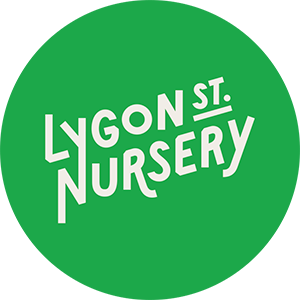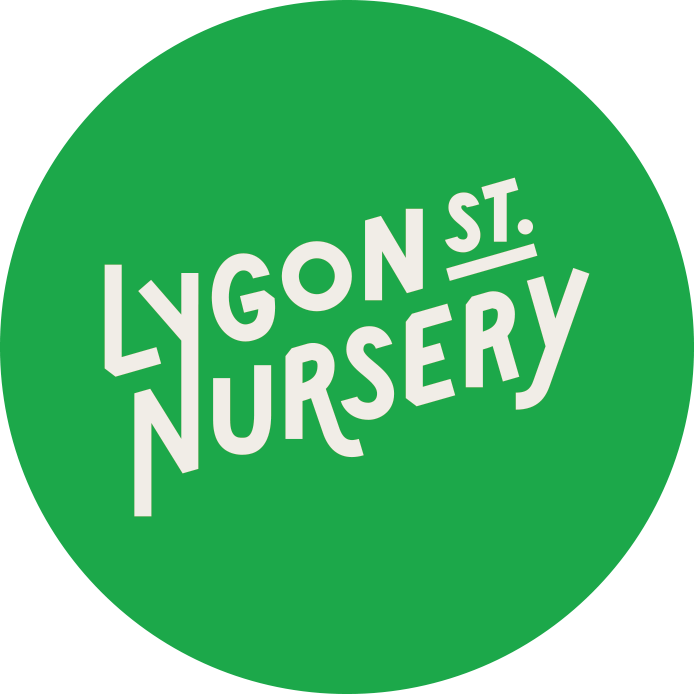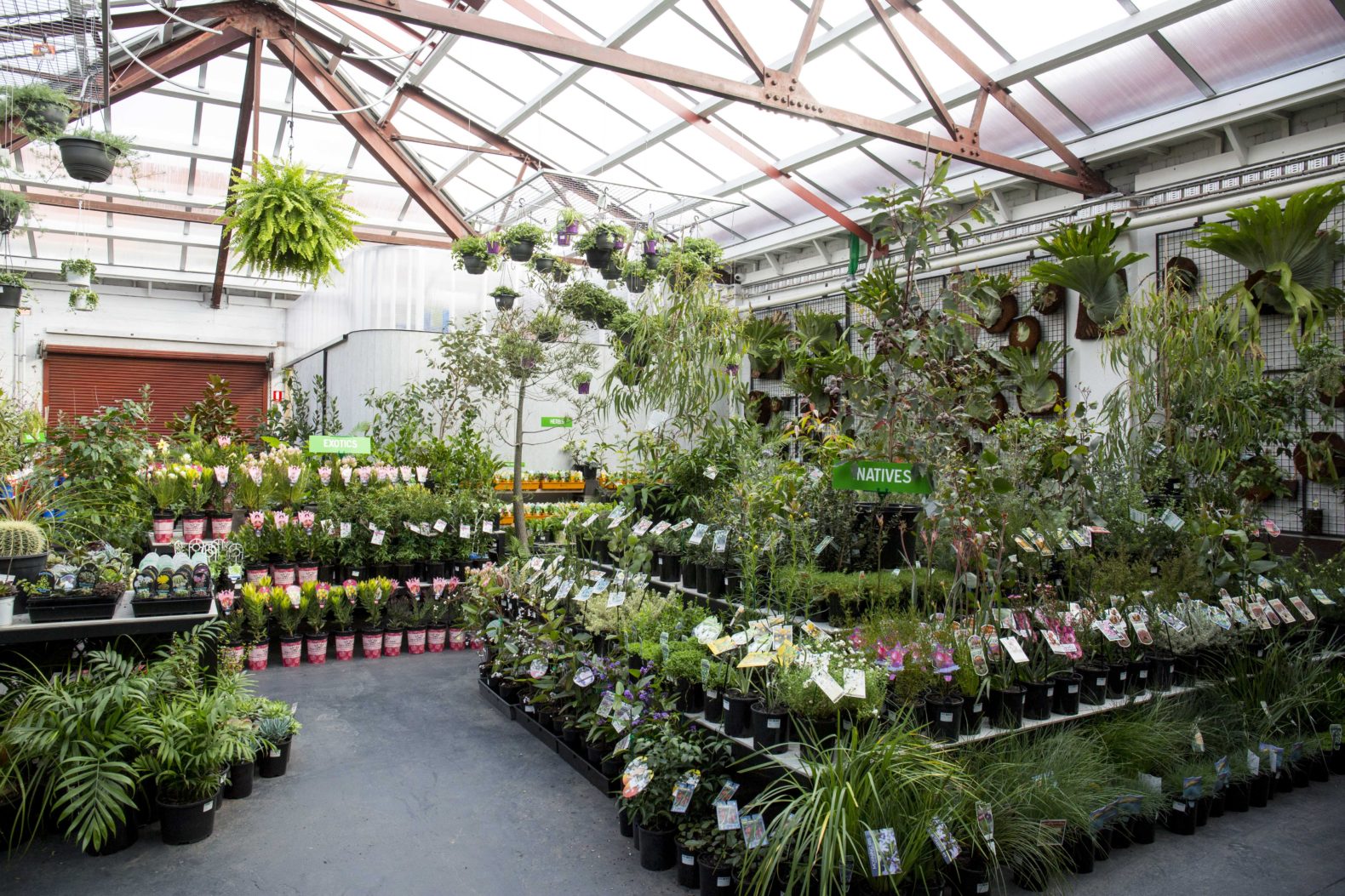Out little shop at 135 Lygon has grown into
245 Lygon Street
We are so excited to be bringing you our latest blog – because finally, the new shop is open.
We’ve recently leased new premises at 245 Lygon Street and we were so happy to open our doors to everyone on the 25th of August. The response over the last month from our customers has blown us away and we are busier than ever. We’ve welcomed so many customers both old and new. We are really excited about what this new space is going to mean for our team, our customers and our community.
245 Lygon Street was the home of Lygon Street Hardware for almost 40 years. We know Les and Donna who owned and ran the business, and we consider them friends and mentors to us as fellow small business operators. Every day we are drawing inspiration from all the history that lives in the building – the loyal customers, the commitment to quality products and advice, giving back to the local community and the value of small business.
Not only do we plan on using the space as a retail nursery, but we are excited that we will be able to use the light filled rooms for workshops, classes and community events.
We’ll keep you informed about when new things are happening via instagram and our newsletter so make sure you follow us to keep up to date.
Our top 5 suggestions for SPRING SEED PLANTING
Herbs
Spring flowers such as nasturtium, pansies, violas, snapdragons and sunflowers
Native flowers such as Pycnosorus globosus, Brachyscome and Anigozanthos
Tomatoes
Chillies
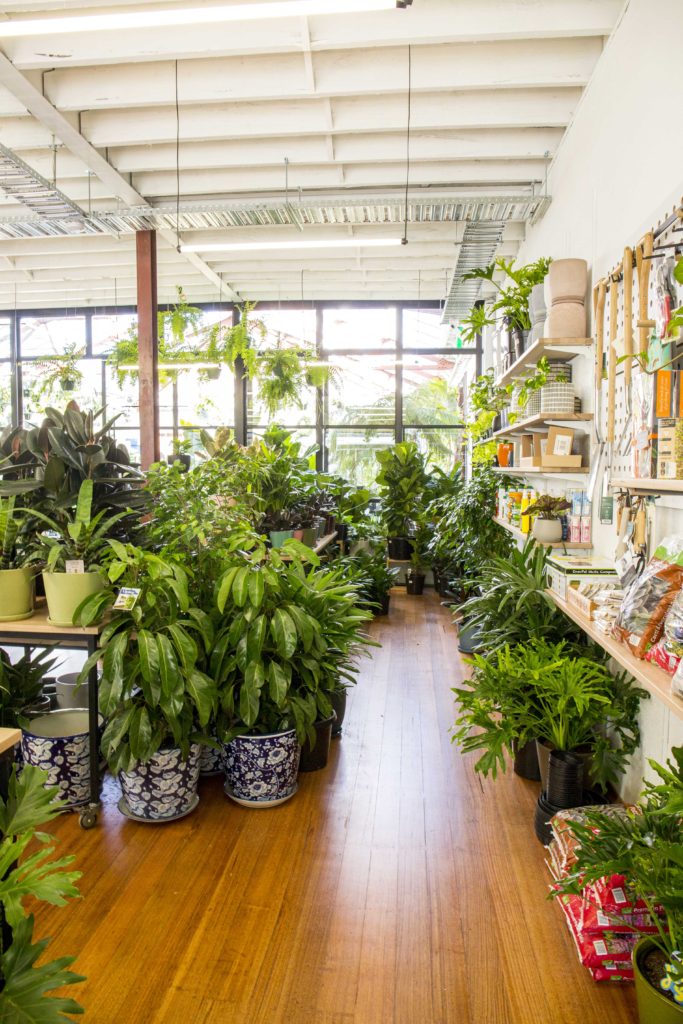
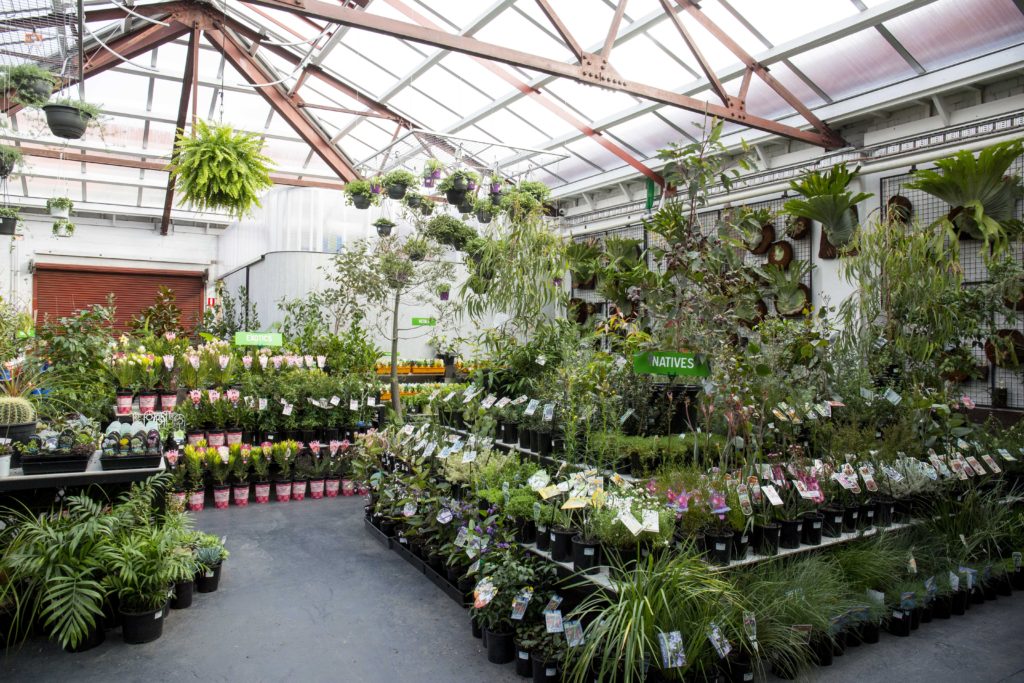
What Else is Happening?
Well, it’s finally spring and we’re heading towards warmer days so a lot of you might be wondering what’s good to do now for your plants and your garden. Spring is a great time for seeds, tomatoes and of course flowers!
We are happy to welcome Southern Seeds to our collection
This spring – as well as your seedlings and flowers we recommend having a go at growing some of your own seeds.
If you haven’t already prepared your veggie beds – it’s time to do it now. The weather is starting to warm up, and so the soil is perfect for planting. We recommend waiting until the very end of September until the soil is warmer, but over the next fortnight you can start preparing your vegetable beds.
Put some organic compost, pelletised chook poo, water, and apply straw mulch to the bed. Leave the organic fertilisers and mulch for the rest of the month so you’re ready to start planting at the end of September. once the days are consistently around 19-20 degrees then you know its time to start planting.
It’s also a good time to get on top of the weeding so your garden beds will be prepared once you plant them. Make sure to keep adding compost and manure to the garden during spring and mulching to help with keeping the soil warm to promote spring growth and also to prepare your planting beds for summer planting.
Citrus Citrus Citrus
We are just about to get a fresh batch of citrus and fruit trees ready for planting. Make sure to wait until the days are consistently warmer so there is no rick of frost and cold. Your citrus trees will prefer a full sun position protected from wind. They will produce more foliage and less flowers and fruit if they are planted in a position with less direct sunlight.
Citrus should be fertilised with Fruit & Citrus Food when planting or for established trees in early September and again in early March.
To prevent Gall wasp infestations hang sticky traps hung in the tree to trap the adult Wasps as they fly around the tree.
What can I plant now?
Tip: Start of spring planting: don’t rush! Wait until the temperatures are consistently about 19-20 degrees and the soil is much warmer. By waiting, this will ensure that your new seedlings and plants will have the best chance at survival.
If you want to have a go at sowing your own seeds, sow your spring flowers now. You can plant petunias, salvias, marigolds, rudbeckias, nasturtium, lobelia, alyssum, pansies and violas, snapdragons, cosmos and sunflowers
You can also try some of these Australian natives: Brachyscome, Pycnosorus or Xerochrysum bracteatum (paper daisies).
Vegetable Seeds to plant in Spring:
You can start sowing many of your seedlings that are suitable for September. You can grow them in a green house now or directly in the garden once the weather warms up.
Plant: asian vegetables, beetroot, broccoli, cabbage, capsicum, carrot, cauliflower, celery, chillies, chives, chicory, corn, coriander, eggplant, endive, fennel, tomatoes, cucumbers, kale, leeks, lettuce, parsley, peas, pumpkin, snow peas, watermelon, and zucchinis.
Many herb seeds can also be grown now too including:
basil, chamomile, dill, cress, parsley, tarragon
Seedlings to plant now:
(plant them directly in the veggie patch once the weather is consistently above 20 degrees)
Asparagus, Beetroot, Broad beans, Broccoli, Cabbage, Carrots, Cauliflower, Coriander, Kale, Lettuce, Leek, Mizuna, Parsley, Parsnip, Onions, Potatoes, Rhubarb, Radish, Rocket Sorrel, Spinach, Strawberries, Shallots, Snowpeas
Bulbs to plant now: Gladioli, Canna Lillies, Alstromeria, Asiatic Lillies and herbaceous Peonies.
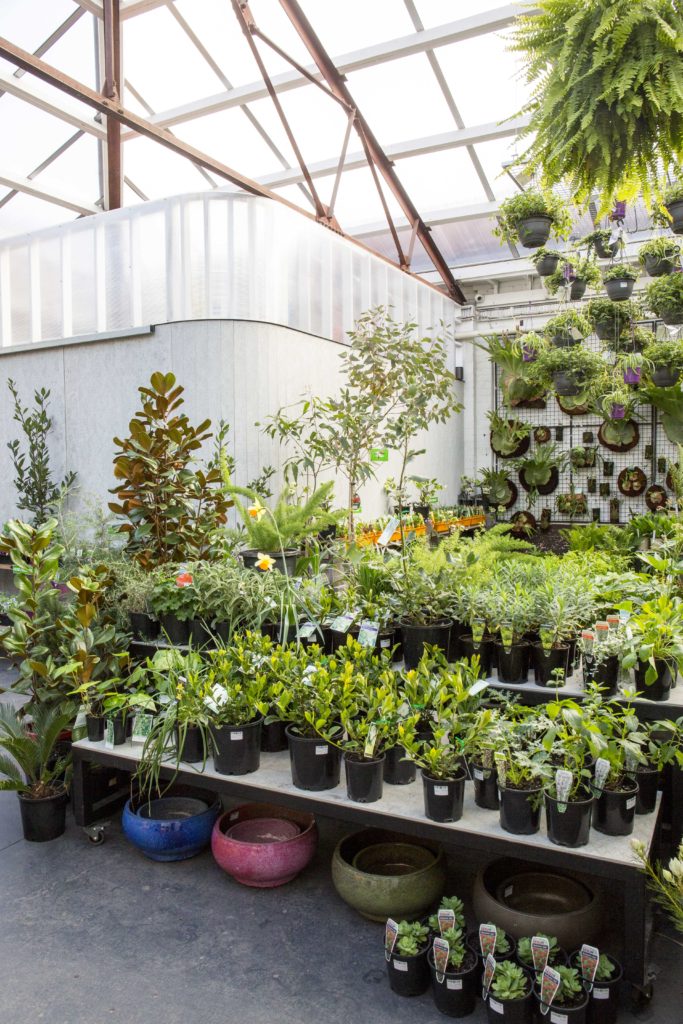
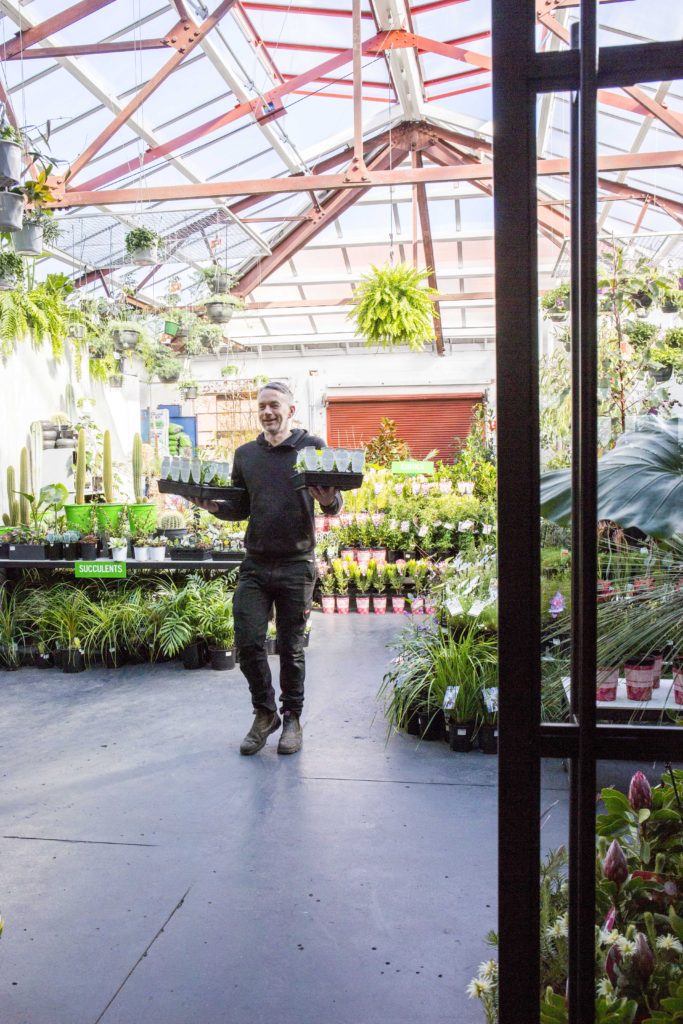
Spring fertilising & pests
Now is a good time to give all your plants a does of Seasol and Powerfeed and to continue to do so every two weeks throughout flowering in spring. This includes indoor plants and outdoor plants and gardens.
Now is also an excellent time to treat leaf curl, which can affect fruit trees, in particular-nectarines and peaches. You won’t be able to do it again until next winter, so now is your last chance. Do it before the buds open. Find out more about Leaf Curl here.
Native shrubs may be fertilised with blood and bone at half the recommended rate, or use a native fertiliser mix.
It’s the best time to fertilise the roses now with an organic Rose Food to promote upcoming spring growth. Spray Lime Sulphur on the bare stems to prevent fungal disease which commonly happens after pruning.
Pruning and repotting
Winter flowering native shrubs that have finished flowering such grevilleas, correas, westringias and banksias should be tip pruned to keep them compact and to encourage bushy growth.
Now is also the time to prune the roses. Always use clean and sharpen secateurs and prune to cut out dead wood to promote flowering.
Our final tip is, of course, to come and see us in the new store. We look forward to welcoming you into our new shop very soon.
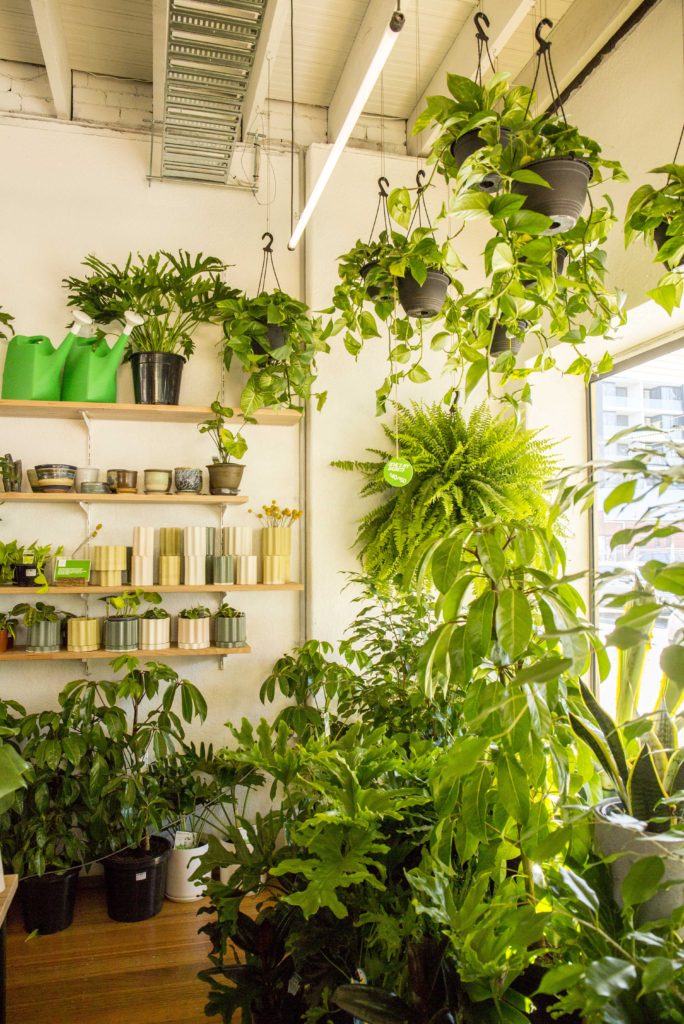
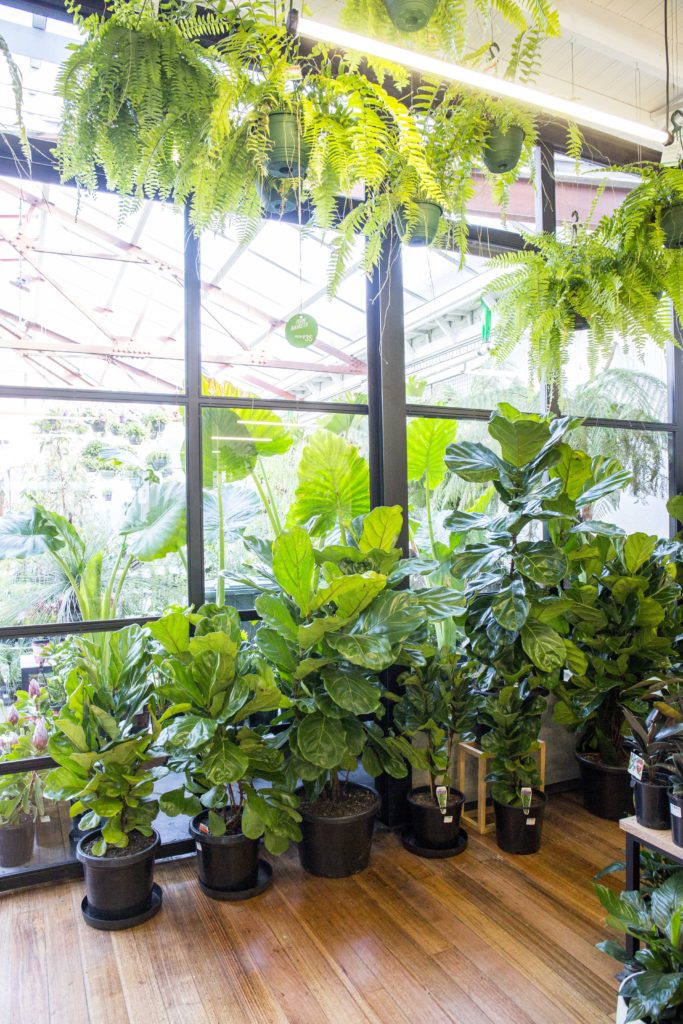
Green talk WITH MICHAEL Khalil
What I've learnt about: SPRING PLANTING
Michael has personally answered these common questions about Balcony Gardens.
Question:
What is your top tip for spring planting?
Answer:
Start of spring planting: don’t rush! Wait until the temperatures are consistently about 19-20 degrees and the soil is much warmer. By waiting, this will ensure that your new seedlings and plants will have the best chance at survival.
Question:
What spring flowers can I plant now?
Answer:
If you want to have a go at sowing your own seeds, sow your spring flowers now. You can plant petunias, salvias, marigolds, rudbeckias, nasturtium, lobelia, alyssum, pansies and violas, snapdragons, cosmos and sunflowers.
I also recommend trying some of our amazing native plants such as Brachyscome, Pycnosorus or Xerochrysum bracteatum (paper daisies). They remind me so much of the wildflower displays we start to see in spring in the native bush in Victoria.
Question:
Can I plant tomatoes now?
Answer:
We have many new modern heirloom and well known hybrid varieties which are becoming available now and can be planted once we have warmer days.
It’s the ideal time now to plant your tomatoes seeds too. Start them in small containers on a sunny window sill or in a greenhouse protected from the cold. When seedlings are around 10cm, pot them up into a larger pot or directly into the garden.The traditional ‘planting into the garden’ day for tomatoes is Cup Day but you can plant them earlier provided it’s warmer overnight.
Once planted, fertilise every 4 weeks or so, to maintain vigorous growth and make sure to include a stake. Tomatoes enjoy lots of sun and work best at the back of the veggie patch with herbs and smaller vegetables at the front. You’ll need to make sure you can protect plants from the hot afternoon sun come summer.
Question:
How often should I fertilise my plants in spring?
Answer:
There is no single answer for this question because every plant is as different as. However we recommend fertilising more in spring because it’s flower time. The plants need more energy to grow the amazing flowers. During spring we recommend to apply Season and or power feed every fortnight, however this won’t apply to all plants so the best thing to do it come and ask us!
